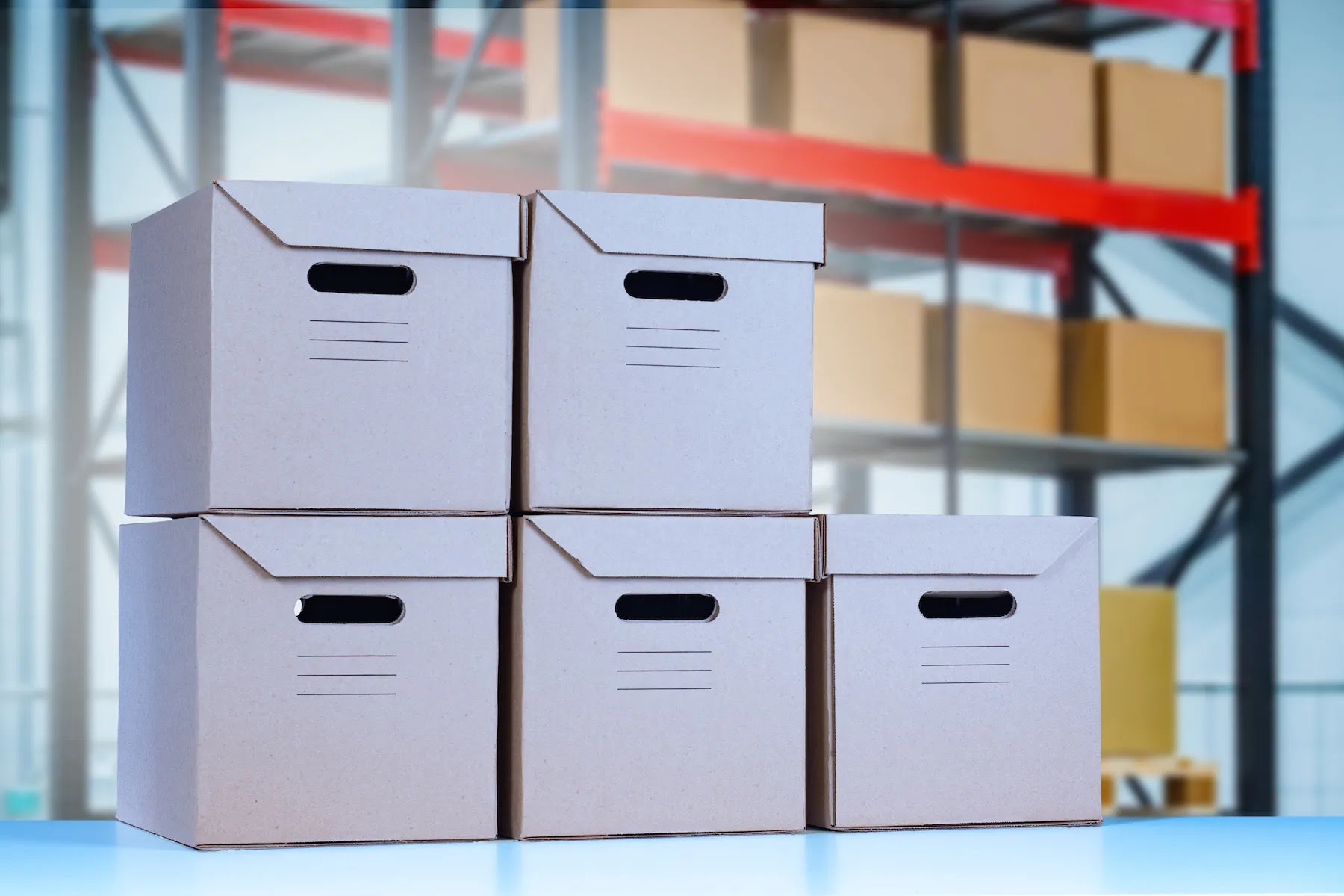

Articles
How To Store Boxes
Modified: January 18, 2024
Learn how to store boxes properly with our informative articles. Find helpful tips and techniques for organizing and protecting your belongings.
(Many of the links in this article redirect to a specific reviewed product. Your purchase of these products through affiliate links helps to generate commission for Storables.com, at no extra cost. Learn more)
Introduction
Welcome to the comprehensive guide on how to store boxes effectively. Whether you are moving, decluttering, or simply need extra space, proper box storage is essential for keeping your belongings safe and organized. In this article, we will walk you through the step-by-step process of storing boxes, from assessing your storage needs to retrieving items when needed.
Storing boxes may seem like a straightforward task, but there are several key factors to consider to ensure long-term protection for your belongings. By following the tips and guidelines provided here, you can make the most of your storage space and have peace of mind knowing that your items are stored safely.
Before we dive into the specifics, it’s important to note that proper box storage not only helps keep your items organized but also minimizes the risk of damage, loss, or theft. By implementing the techniques outlined in this guide, you can effectively maximize your storage area, protect your belongings, and easily retrieve them when needed.
So, let’s get started by assessing your storage needs.
Key Takeaways:
- Properly storing boxes involves assessing needs, choosing the right location, preparing and organizing boxes, and protecting them from damage. Regular maintenance and efficient retrieval systems are key to maintaining a well-organized storage space.
- Maximizing space, using proper stacking techniques, and implementing protective measures are essential for effective box storage. Regular maintenance and careful retrieval processes ensure the long-term safety and accessibility of stored items.
Read more: How To Store Shipping Boxes
Assessing your storage needs
Before you start storing your boxes, it’s crucial to evaluate your storage needs. Taking the time to assess what you need to store will help you determine how much space you require and what type of storage option is most suitable for your belongings.
First, go through your items and categorize them based on their size, fragility, and frequency of use. This will help you determine which items can be stored together and which require separate storage. Consider whether you need temperature-controlled storage for delicate items such as artwork or electronics.
Next, determine how long you’ll need to store your boxes. If you’re only temporarily storing items during a move or renovation, you may need a different storage solution compared to long-term storage needs. Consider the duration of storage when choosing a storage facility or deciding on the location within your home.
Another factor to consider is the accessibility of your stored items. If you anticipate needing to access certain items frequently, opt for a storage solution that allows for easy retrieval. On the other hand, if the items won’t be needed very often, you can prioritize cost-effective options with less frequent access.
Lastly, consider your budget. Evaluate how much you’re willing to spend on storage solutions and research different options to find the most cost-effective solution that meets your requirements.
By evaluating your storage needs thoroughly, you’ll be able to make informed decisions regarding the size, type, and accessibility of your storage space. This will ensure that your boxes are stored efficiently, maximizing both space and organization.
Choosing the right storage location
Once you have assessed your storage needs, the next step is to choose the right storage location. Whether you are considering a storage facility or utilizing space in your own home, selecting the appropriate location is crucial for the safety and convenience of your stored boxes.
If you decide to rent a storage unit, do some research to find a reputable facility. Look for reviews and recommendations, and visit the facility in person to assess its security measures and cleanliness. Consider factors such as climate control, 24/7 access, and insurance options when choosing a storage facility.
If you prefer storing your boxes at home, identify a suitable area that meets your storage requirements. This could be a spare room, a basement, or even a garage. Ensure that the chosen space is free from environmental factors that can damage your belongings, such as excessive moisture or extreme temperatures.
When selecting the storage location, consider the size and quantity of your boxes. Ensure that there is enough space to accommodate your belongings without overcrowding. Additionally, consider the accessibility of the location. If you plan on frequently accessing your stored items, choose a location that is convenient and easily reachable.
It’s important to note that regardless of the storage location, you should prioritize safety and security. Install security measures such as alarms, cameras, and sturdy locks to protect your stored boxes from theft or damage. Additionally, implement measures to prevent pests and rodents from entering the storage area.
By carefully selecting the right storage location, you can ensure that your boxes are stored in a safe and accessible space. Whether you choose a storage facility or utilize space at home, always prioritize security and convenience to protect your belongings.
Preparing and organizing your boxes
Now that you have chosen the right storage location, it’s time to focus on preparing and organizing your boxes before placing them into storage. This step is crucial for ensuring that your items remain safe, easily accessible, and well-preserved during their time in storage.
The first step in preparing your boxes is to gather the necessary packing materials. This includes sturdy boxes in various sizes, packing tape, bubble wrap, packing peanuts, and labels. Make sure you have enough materials to properly secure and protect your belongings.
Before packing your items into boxes, take the time to declutter and downsize. Sort through your belongings and get rid of anything you no longer need or use. This will help you maximize the available space and only store what is truly necessary.
When packing your boxes, it’s important to distribute the weight evenly. Place heavier items at the bottom and lighter items on top to prevent the boxes from collapsing or becoming unstable. Fill any empty spaces with packing materials to prevent shifting during transportation and storage.
Labeling each box is essential for easy identification. Clearly indicate the contents of each box on the outside using a permanent marker or labels. Additionally, consider using color-coded labels or a numbering system to further enhance organization and make it easier to locate specific items in the future.
As you pack your boxes, create an inventory list or a spreadsheet to keep track of what items are stored in each box. This will allow you to quickly locate specific items without having to go through every box when you need to retrieve something.
Finally, seal each box securely with packing tape to protect the contents from dust, pests, and potential damage. Make sure the boxes are tightly sealed to prevent any moisture from entering and causing damage over time.
By properly preparing and organizing your boxes, you can ensure that your belongings are protected and easily accessible when needed. This will save you time and effort in the future and help maintain the condition of your stored items.
Cleaning and labeling your boxes
When it comes to storing boxes, proper cleaning and labeling are essential for maintaining organization and ensuring that your belongings remain in good condition. By taking the time to clean your boxes and label them appropriately, you can easily locate specific items and protect them from damage.
Before packing your items into boxes, thoroughly clean them to remove any dirt, dust, or debris. This is especially important if you are reusing boxes or using boxes that have been stored in a less-than-ideal environment. Use a damp cloth or disinfectant wipes to wipe down the surfaces and ensure that the boxes are clean and ready for use.
Once the boxes are clean, it’s time to label them. Labeling each box with the contents is crucial for easy identification and retrieval. Use a permanent marker or labels to clearly indicate what is inside each box. Be as specific as possible when labeling, mentioning the general category of items and any important details.
In addition to labeling the contents, consider using a color-coding system. Assign a specific color to each room or category, and use colored labels or markers to indicate which room the box belongs to. This can significantly speed up the process of locating specific items, especially if you have numerous boxes in storage.
Don’t forget to create a master list or inventory of all the items stored in each labeled box. This will serve as a reference for future retrieval and prevent you from having to open every box to find a specific item. Keep the inventory list in a safe and easily accessible location.
Properly labeling your boxes provides clarity and organization, making it easier to find specific items when needed. Additionally, it helps protect your belongings by avoiding the need to rummage through boxes, which can lead to damage or disorganization.
Remember, the key to successful box storage is clear communication through labeling. By cleaning and labeling your boxes effectively, you can save time, reduce stress, and ensure that your belongings are well-organized and easily accessible.
Read more: How To Store Books In Boxes
Properly stacking and storing boxes
Once your boxes are cleaned, labeled, and prepared, it’s time to focus on the proper stacking and storing of the boxes. This step is crucial for optimizing your storage space and ensuring that your belongings remain safe and secure.
When it comes to stacking boxes, it’s important to follow a few guidelines to prevent them from toppling over or causing damage to the items inside:
- Start with the heaviest and sturdiest boxes at the bottom of the stack. This provides a stable foundation for the rest of the boxes.
- Place lighter and more fragile boxes on top of the stack to avoid crushing or damaging them.
- Ensure that the boxes are tightly packed together without any gaps, as this helps prevent shifting and potential collapse.
- Avoid stacking boxes too high to prevent them from toppling over. It’s recommended to keep the stack at a manageable height, especially for safety reasons.
- Leave walkways and clear paths between stacks of boxes to allow for easy access and retrieval of items.
In addition to proper stacking techniques, it’s important to consider the layout and organization of your storage space:
- If using a storage facility, make sure to utilize the vertical space by stacking boxes from floor to ceiling. However, ensure that the stack is secure and won’t pose a safety hazard.
- In your own home storage area, consider utilizing shelves or pallets to keep the boxes off the floor and provide better air circulation.
- Organize the boxes based on their category or room to make it easier to locate specific items. Group similar items together, and use labels or signs to mark different sections or zones.
- Leave some space between the walls and the boxes to allow for proper air circulation and reduce the risk of moisture buildup.
By following these stacking and storing guidelines, you can maximize your storage space and ensure that your boxes are secure and easily accessible. Proper stacking techniques not only protect your belongings but also make it easier to retrieve items without causing damage to the rest of the stack.
Remember, safety should always be a priority when stacking boxes. Take care not to exceed weight limits or stack boxes in a way that compromises stability. By following these tips, you can efficiently utilize your storage space and keep your belongings in excellent condition.
When storing boxes, make sure to label each box with its contents and the room it belongs in. This will make it easier to find items later on.
Maximizing space in your storage area
When it comes to storing boxes, maximizing your storage space is key. Making the most out of the available area not only allows you to store more items but also helps keep your storage area organized and accessible. Here are some tips to help you maximize space in your storage area:
- Invest in storage containers: Consider using plastic bins or stackable containers instead of cardboard boxes. These containers are more durable and can be easily stacked, making them more efficient in terms of space utilization.
- Utilize vertical space: Take advantage of the ceiling height in your storage area. Install shelves or racks to store boxes vertically, making use of the entire height of the space. Just ensure that the shelves are sturdy and can handle the weight of the stored items.
- Use the Tetris method: When stacking boxes, think of it as a game of Tetris. Try to fit boxes together like puzzle pieces, minimizing any wasted space. Tightly pack the boxes, but make sure not to stack them too high, as safety is also important.
- Fill gaps intelligently: If you have irregularly shaped items or empty spaces between boxes, fill them strategically. Use small items or soft materials like pillows or blankets to fill the gaps, maximizing the use of space and preventing items from shifting during storage.
- Consider utilizing storage accessories: Use space-saving storage accessories such as hanging organizers, hooks, or wall-mounted shelves to store smaller items or frequently accessed belongings. These accessories can help free up floor space and maximize the use of your storage area.
- Utilize the back of doors: Install over-the-door storage racks or hanging shoe organizers on the back of your storage area door. This allows you to store smaller items or frequently used items within easy reach, without taking up valuable floor or shelf space.
By implementing these strategies, you can effectively maximize the space in your storage area and make the most out of the available room. Remember to regularly assess and reorganize your stored items to ensure efficient use of space and make adjustments as needed.
Maximizing space not only helps you store more items but also makes it easier to access your belongings. With well-organized and efficiently utilized storage space, you can quickly locate and retrieve items whenever needed.
Protecting your boxes from damage
When storing boxes, it’s essential to take precautions to protect your belongings from potential damage. By implementing proper protective measures, you can ensure that your items remain in good condition throughout their time in storage. Here are some key tips for protecting your boxes from damage:
- Choose the right storage materials: Opt for sturdy and durable boxes that can withstand being stacked and endure the storage environment. Additionally, use high-quality packing materials such as bubble wrap, packing peanuts, and foam padding to provide adequate cushioning for fragile items.
- Avoid overpacking: It may be tempting to squeeze in as many items as possible into a box, but overpacking can increase the risk of damage. Ensure that each box is packed properly, leaving enough space to prevent crushing or breaking of items. Use additional boxes if needed to distribute the weight and protect delicate items.
- Protect against moisture: Moisture can cause damage to your stored items, leading to mold, mildew, or warping. Place moisture-absorbing packets or silica gel packs in each box to help absorb excess moisture. Additionally, consider using plastic bins that provide an extra layer of protection against moisture compared to cardboard boxes.
- Guard against pests: Pests like rodents and insects can cause significant damage to your belongings. Seal any potential entry points in your storage area and use pest control methods such as traps or repellents to deter unwanted visitors. Avoid storing food or organic items that can attract pests.
- Consider climate control: If you have sensitive items that are susceptible to extreme temperatures or humidity, consider renting a climate-controlled storage unit. This ensures that your belongings are stored in a controlled environment that protects them from temperature fluctuations and excessive moisture.
- Maintain proper ventilation: Good ventilation is crucial for preventing the buildup of stale air or odors in your storage area. Ensure that there is adequate airflow by leaving space between boxes and avoiding packing items too tightly together.
Regular maintenance and periodic checks on your storage area are also important for identifying any issues that may cause damage to your boxes. Inspect for signs of mold, pests, or water leaks, and address them promptly to prevent further damage.
By following these protection measures, you can safeguard your boxes and stored items from potential damage. This will help preserve the condition of your belongings, allowing you to retrieve them in the same condition as when they were stored.
Regular maintenance and checking for any issues
Regular maintenance and periodic checks are crucial for keeping your stored boxes in optimal condition. By implementing a maintenance routine and staying vigilant for any potential issues, you can address problems early on and ensure the long-term protection of your belongings. Here are some important tasks to include in your maintenance checklist:
- Inspect for signs of pests: Regularly check for any signs of pests such as rodents, insects, or termites. Look for droppings, chew marks, or gnawed boxes that may indicate an infestation. If you notice any signs, take immediate action to eliminate the pests and prevent further damage.
- Check for water leaks or moisture: Excessive moisture can lead to mold, mildew, and damage to your stored items. Regularly inspect your storage area for any signs of water leaks or dampness. Address any leaks or condensation issues promptly and consider using moisture-absorbing materials to protect against moisture buildup.
- Monitor for temperature and humidity levels: If you have a climate-controlled storage area, regularly check the temperature and humidity levels to ensure they are within the recommended range for your stored items. This will help prevent any damage caused by extreme temperature fluctuations or excessive humidity.
- Inspect for signs of damage or deterioration: Periodically go through your stored boxes and check for any signs of damage or deterioration. Look for any dented or crushed boxes, torn cardboard, or broken items. Repack damaged boxes and consider replacing any severely damaged ones to ensure the continued protection of your belongings.
- Reorganize and declutter regularly: As time goes on, you may find that your storage needs change or that certain items are no longer needed. Regularly reorganize and declutter your storage area to optimize the space and remove any unnecessary items. This will help keep your storage area organized and make it easier to retrieve items when needed.
- Update inventory lists: As you add or remove items from your storage area, update your inventory lists to keep track of what items are stored in each box. This will help you easily locate specific items without the need to go through every box.
By incorporating regular maintenance and checking for any issues into your storage routine, you can ensure the ongoing protection of your stored boxes and belongings. By addressing any problems early on, you can prevent further damage and maintain the integrity of your items.
Remember, prevention is key when it comes to maintaining your stored boxes. By being proactive and staying vigilant, you can enjoy peace of mind knowing that your belongings are well-protected and ready for retrieval whenever you need them.
Read more: How To Store Dishes In Boxes
Retrieving items from storage
When the time comes to retrieve items from storage, having an organized and efficient system in place will make the process much smoother. Here are some tips to help you retrieve your items easily:
- Consult your inventory list: Before starting the retrieval process, refer to your inventory list to determine which box contains the specific item you’re looking for. This will save you time and prevent the need to search through multiple boxes.
- Plan ahead: If you anticipate needing multiple items from storage, make a list of everything you’ll be retrieving. This will help you stay organized and ensure that you don’t overlook any important items.
- Position boxes strategically: If you have frequent or anticipated future access needs, position the boxes you’ll need most often near the front of the storage area or within easy reach. This will minimize the effort required to retrieve those items in the future.
- Use proper lifting techniques: When retrieving heavy boxes, it’s important to use proper lifting techniques to avoid injury. Bend at the knees, engage your leg muscles, and lift with your legs rather than your back. If a box is too heavy for you to lift safely, ask for assistance or use equipment like a dolly or hand truck.
- Handle fragile items with care: For boxes containing fragile or delicate items, take extra care when handling and lifting them. Use appropriate padding or packing materials when transporting these boxes to minimize the risk of accidental damage.
- Reorganize as needed: As you retrieve items from storage, take the opportunity to reorganize the remaining boxes if necessary. Fill any empty spaces to maintain stability and optimize the use of the storage area.
- Securely close boxes: After retrieving the desired items, securely close and reseal the boxes to maintain their integrity. This will keep your belongings protected until they are returned to storage.
Remember, it’s essential to put everything back in its designated place after retrieving items, especially if you plan to access your storage area again in the future. Maintaining organization will help prevent chaos and ensure that you can easily locate items when needed.
By following these tips, you can streamline the process of retrieving items from storage and minimize the time and effort required. With proper planning and organization, your stored items will be easily accessible whenever you need them.
Conclusion
Properly storing boxes is an essential task when it comes to organizing your belongings and keeping them safe. By following the guidelines outlined in this comprehensive guide, you can ensure that your items are stored efficiently, protected from damage, and easily accessible when needed.
Assessing your storage needs and choosing the right storage location are crucial first steps. Evaluate the size and duration of your storage requirements, as well as the accessibility and security features of potential storage facilities or areas in your own home.
Preparing and organizing your boxes involves decluttering, using appropriate packing materials, and labeling each box accurately. This step sets the foundation for an organized storage system that makes it easy to locate specific items.
Properly stacking and storing boxes strategically maximizes your storage space and prevents damage. Distribute weight evenly, utilize vertical space, and consider implementing a Tetris-like stacking method to make the most out of your storage area.
Protecting your boxes from damage is crucial to ensuring the longevity of your belongings. Choose sturdy storage materials, guard against moisture and pests, and consider climate-controlled options if necessary.
Regular maintenance and checking for any issues allow you to address problems early on and maintain the condition of your stored items. Inspect for pests, monitor temperature and humidity levels, and update inventory lists to stay organized and proactive in protecting your items.
When the time comes to retrieve items from storage, consult your inventory list, plan ahead, and handle boxes with care. By following proper lifting techniques and implementing an organized system, you can seamlessly retrieve your belongings.
In conclusion, effective box storage involves careful planning, organization, and maintenance. By incorporating the tips and techniques outlined in this guide, you can create a well-organized storage system that protects your belongings and provides easy accessibility. Remember to periodically review and adjust your storage arrangements to accommodate any changing needs. With these strategies, you can ensure that your stored boxes and items remain safe, secure, and well-preserved for the long term.
Frequently Asked Questions about How To Store Boxes
Was this page helpful?
At Storables.com, we guarantee accurate and reliable information. Our content, validated by Expert Board Contributors, is crafted following stringent Editorial Policies. We're committed to providing you with well-researched, expert-backed insights for all your informational needs.
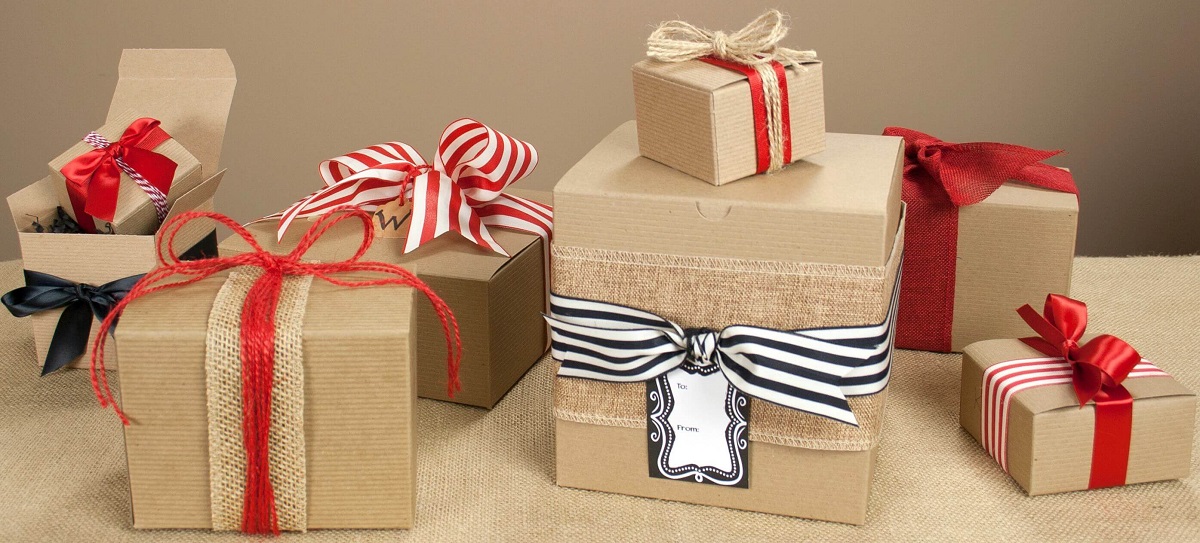
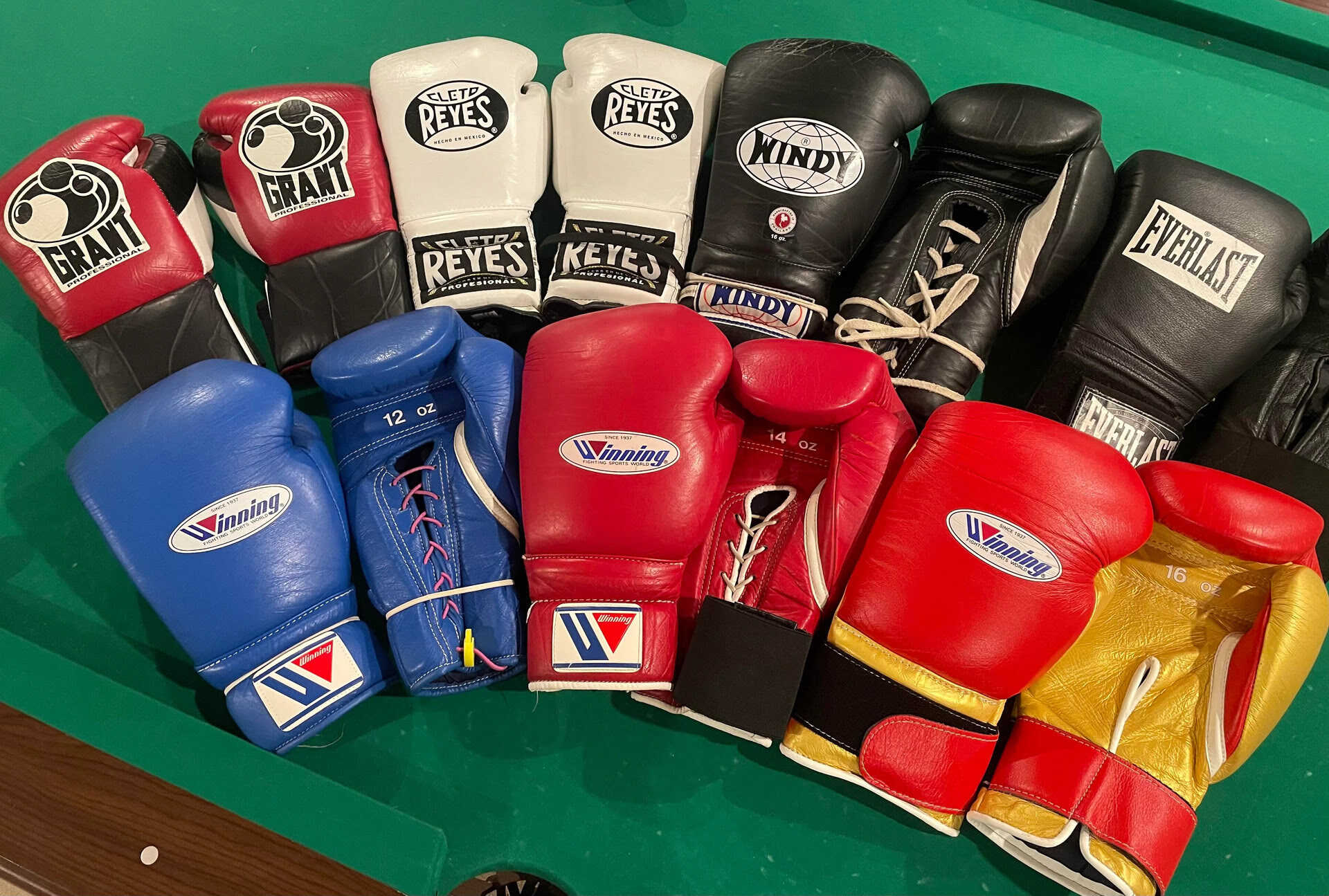
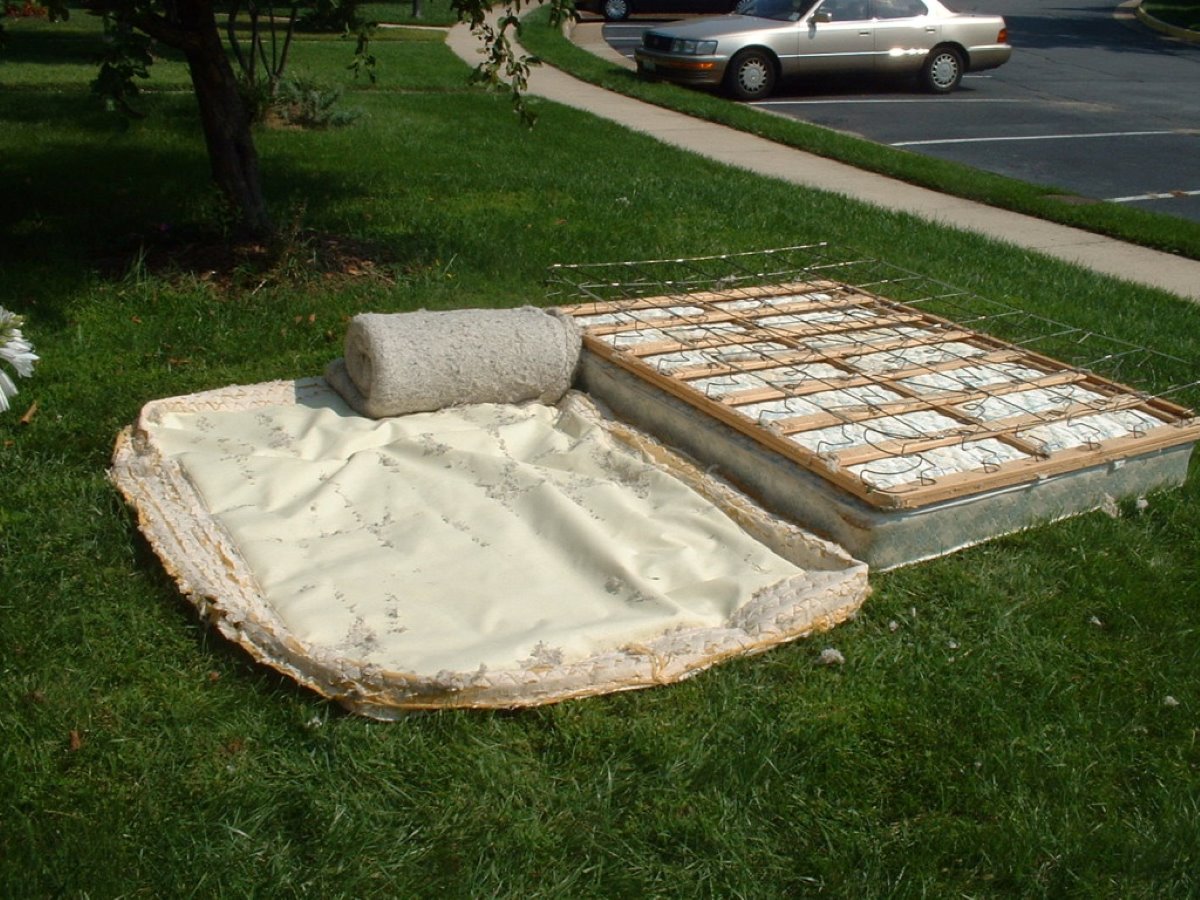
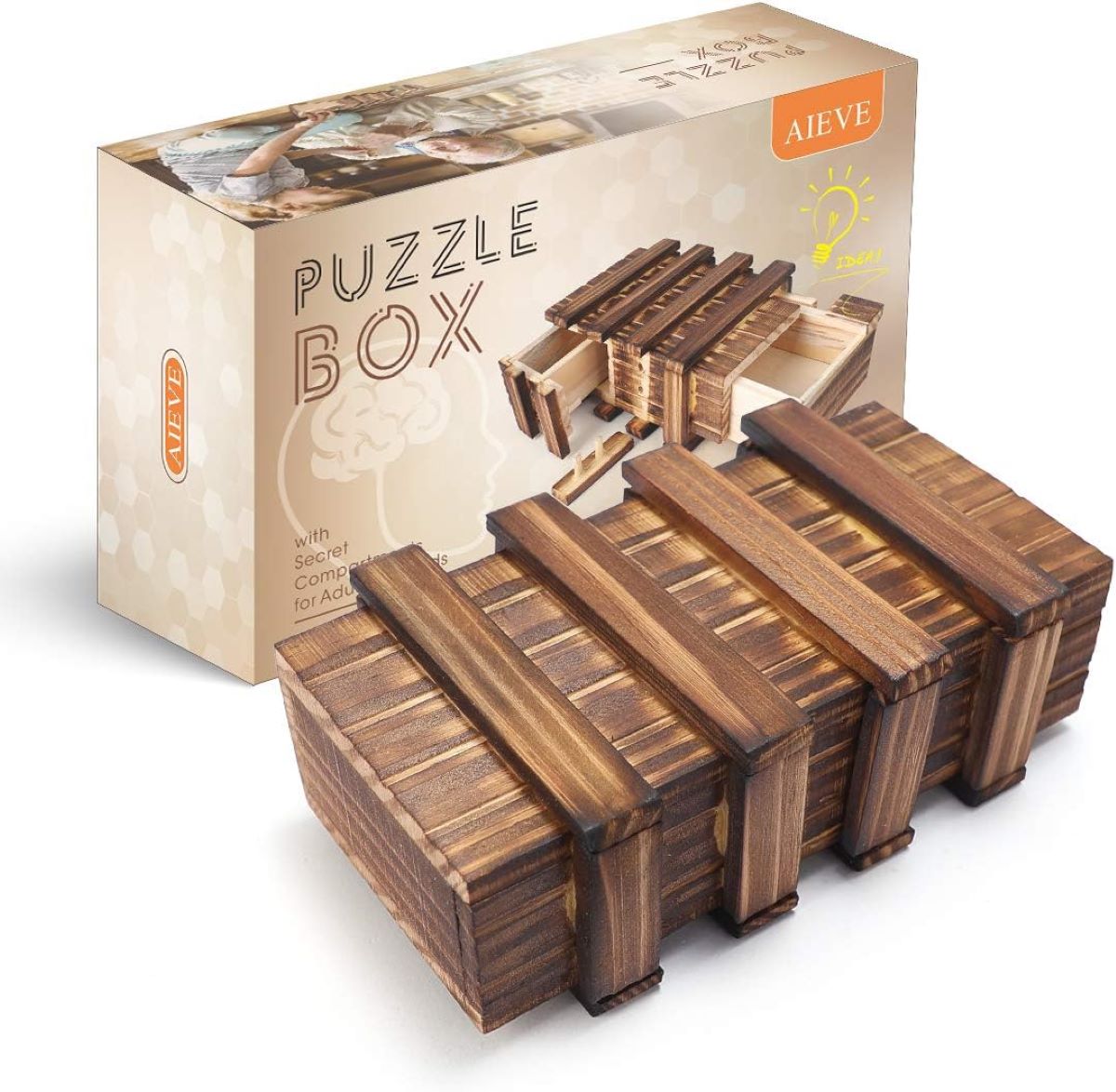
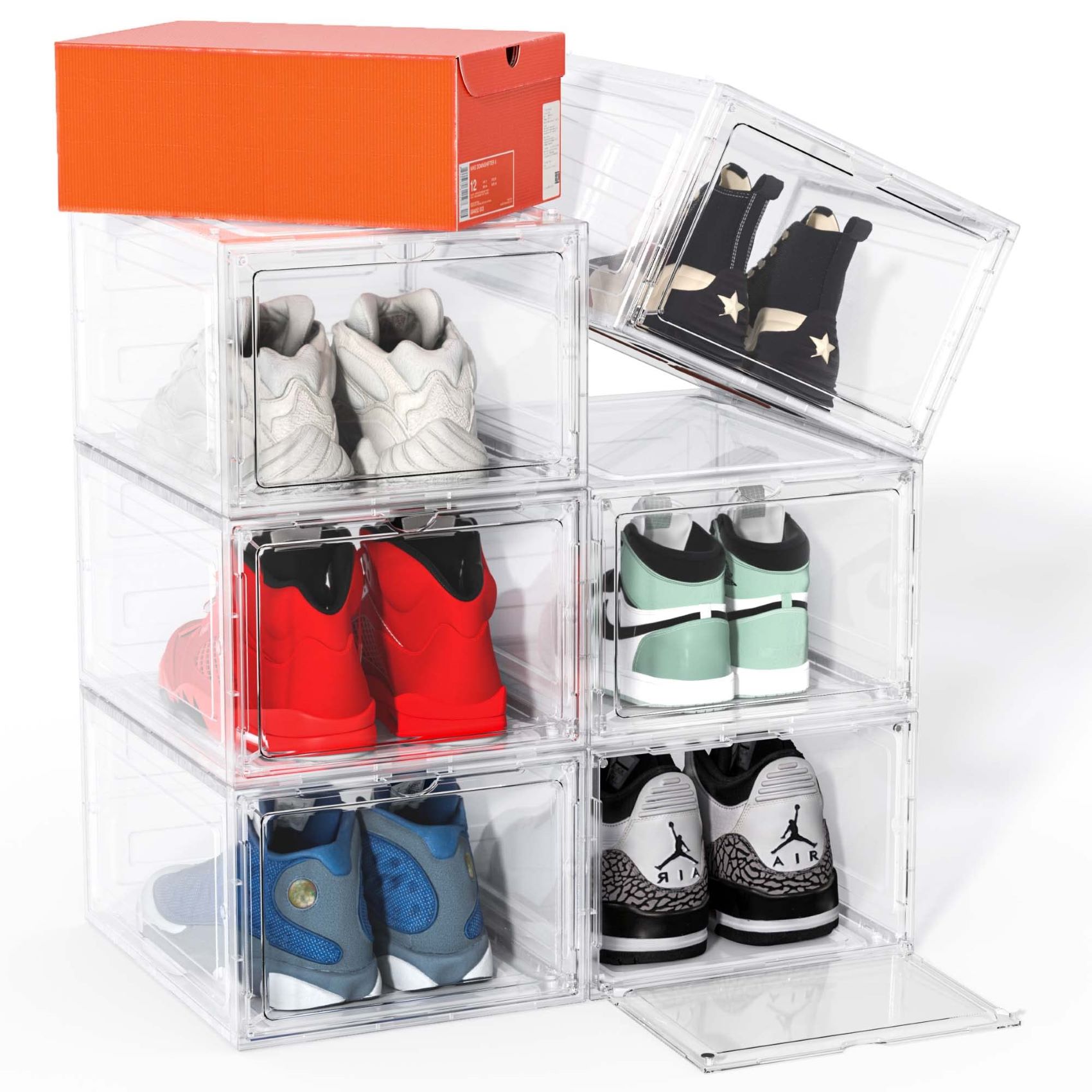
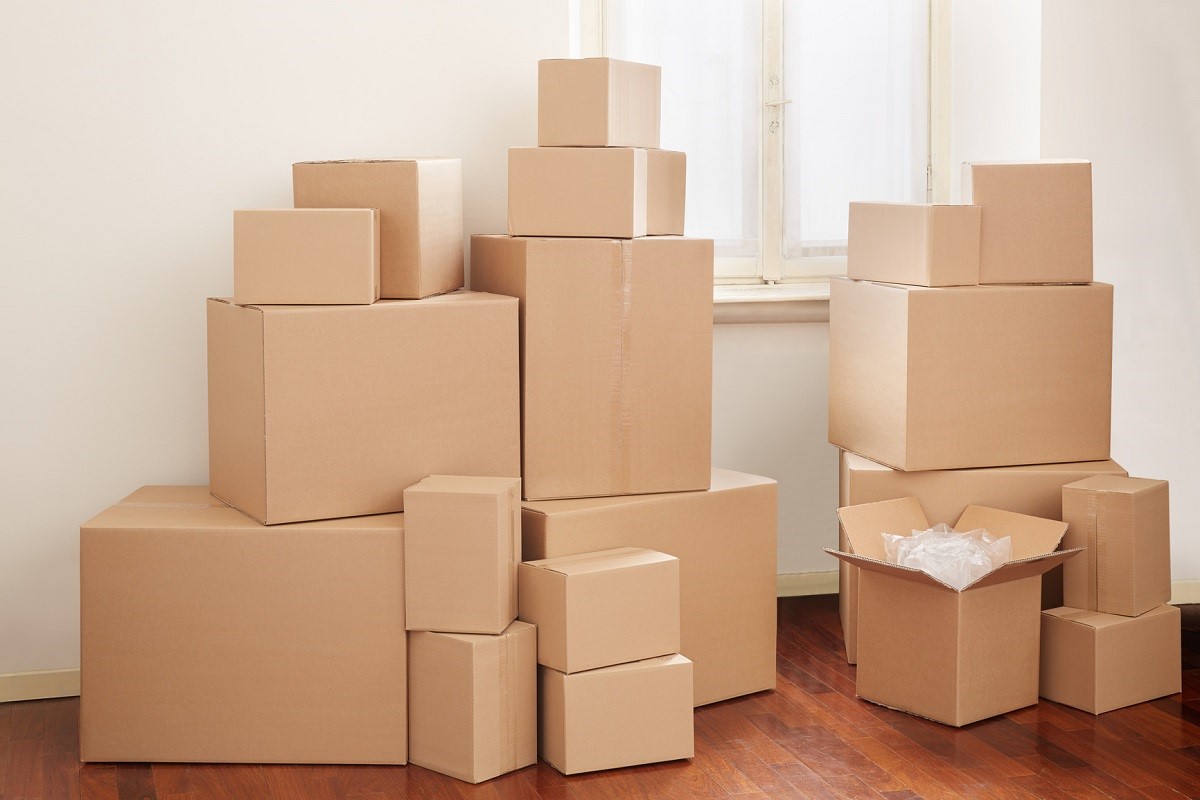

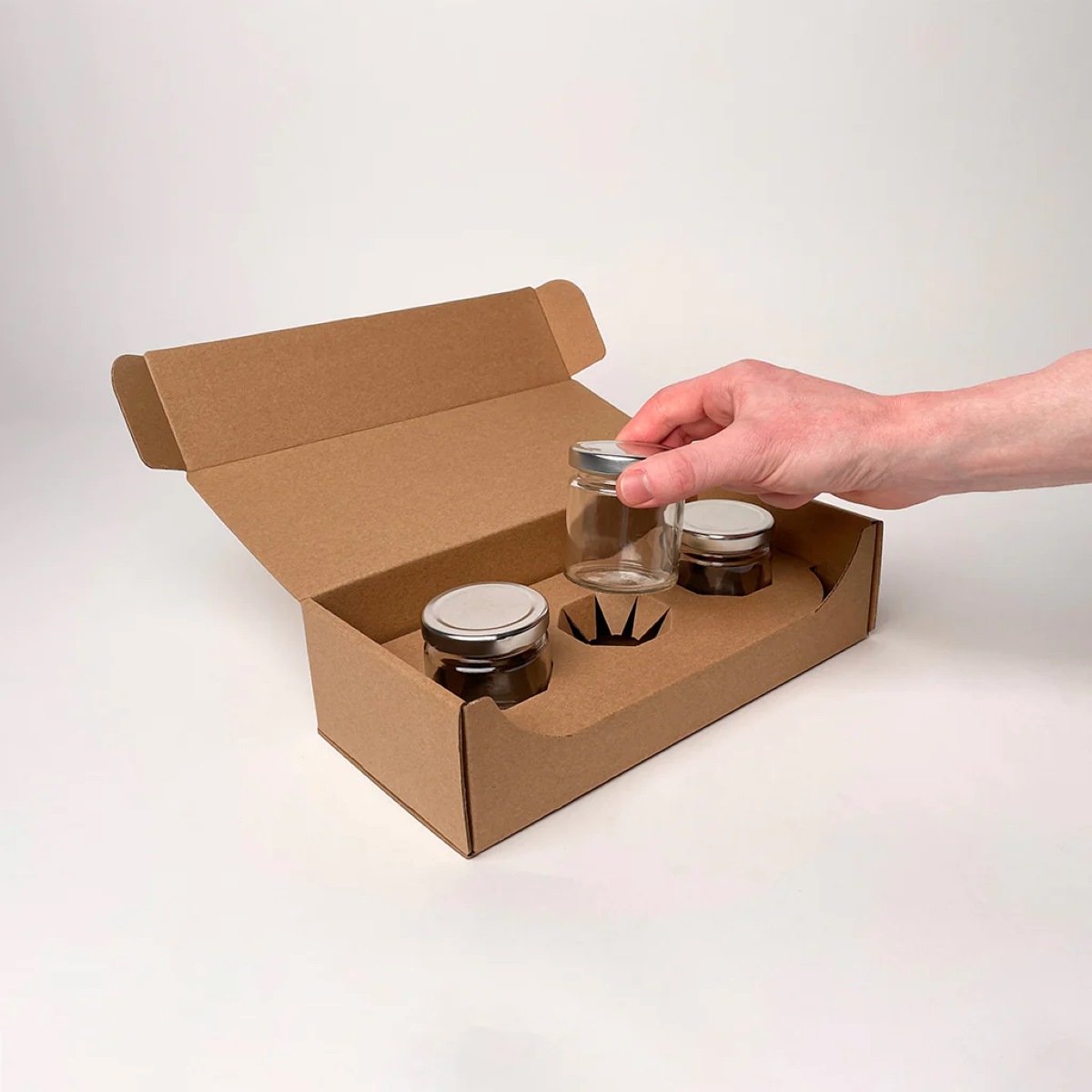
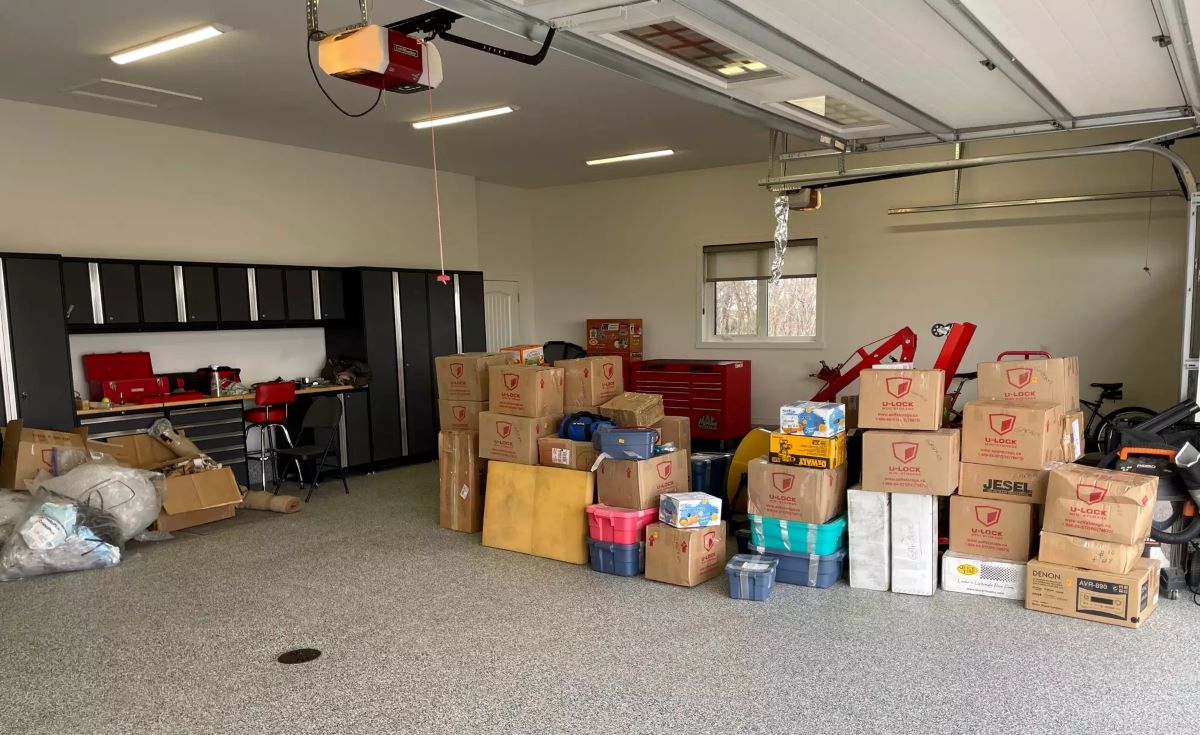
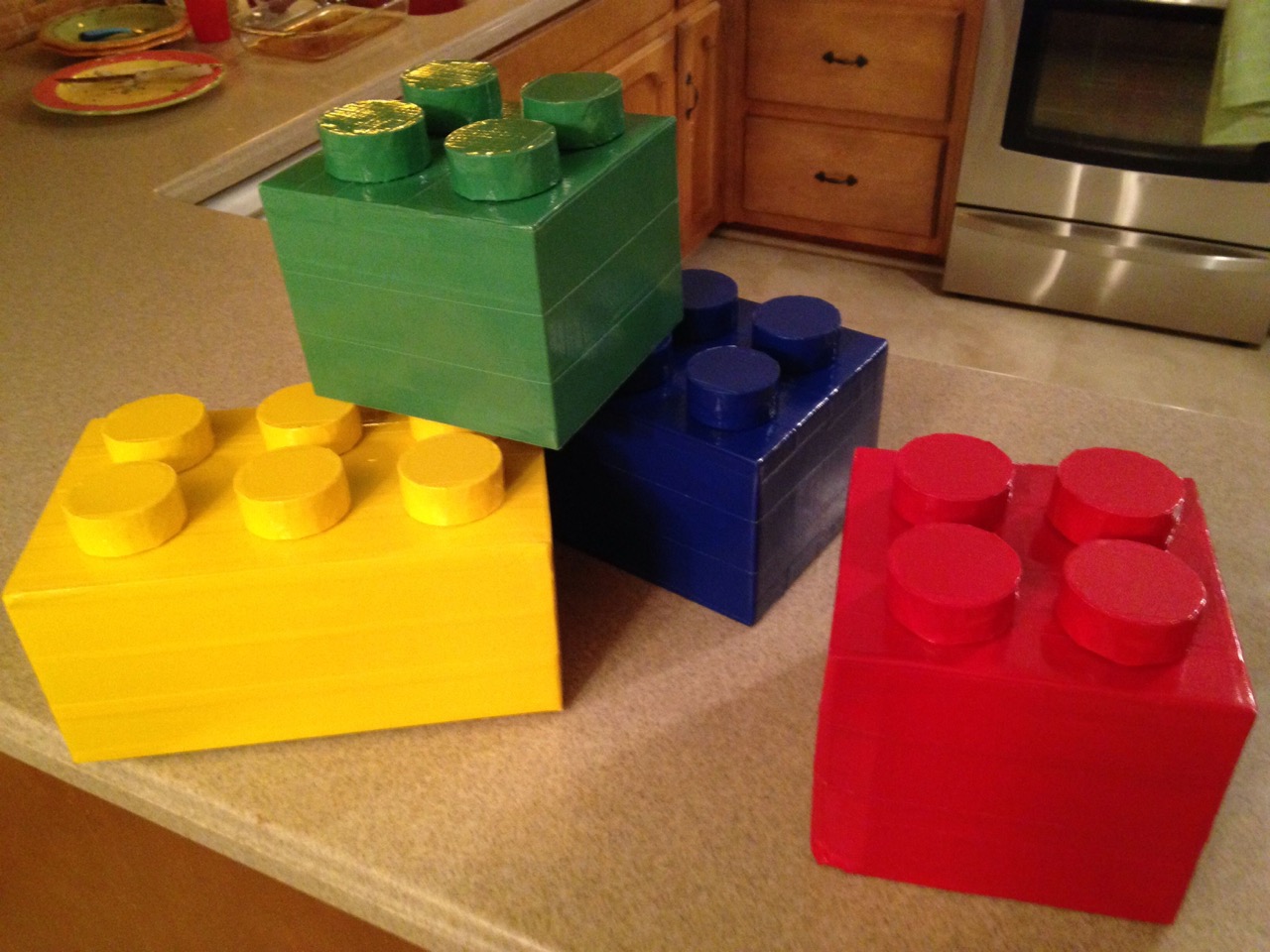
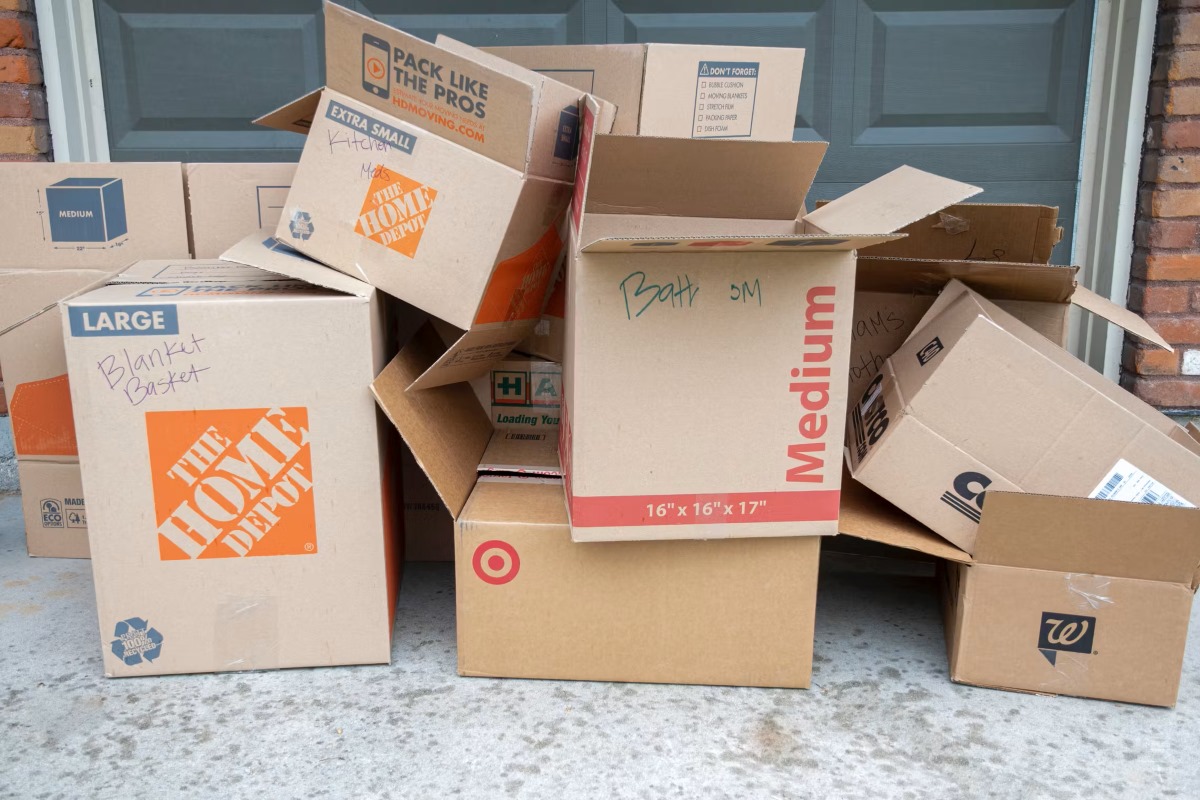
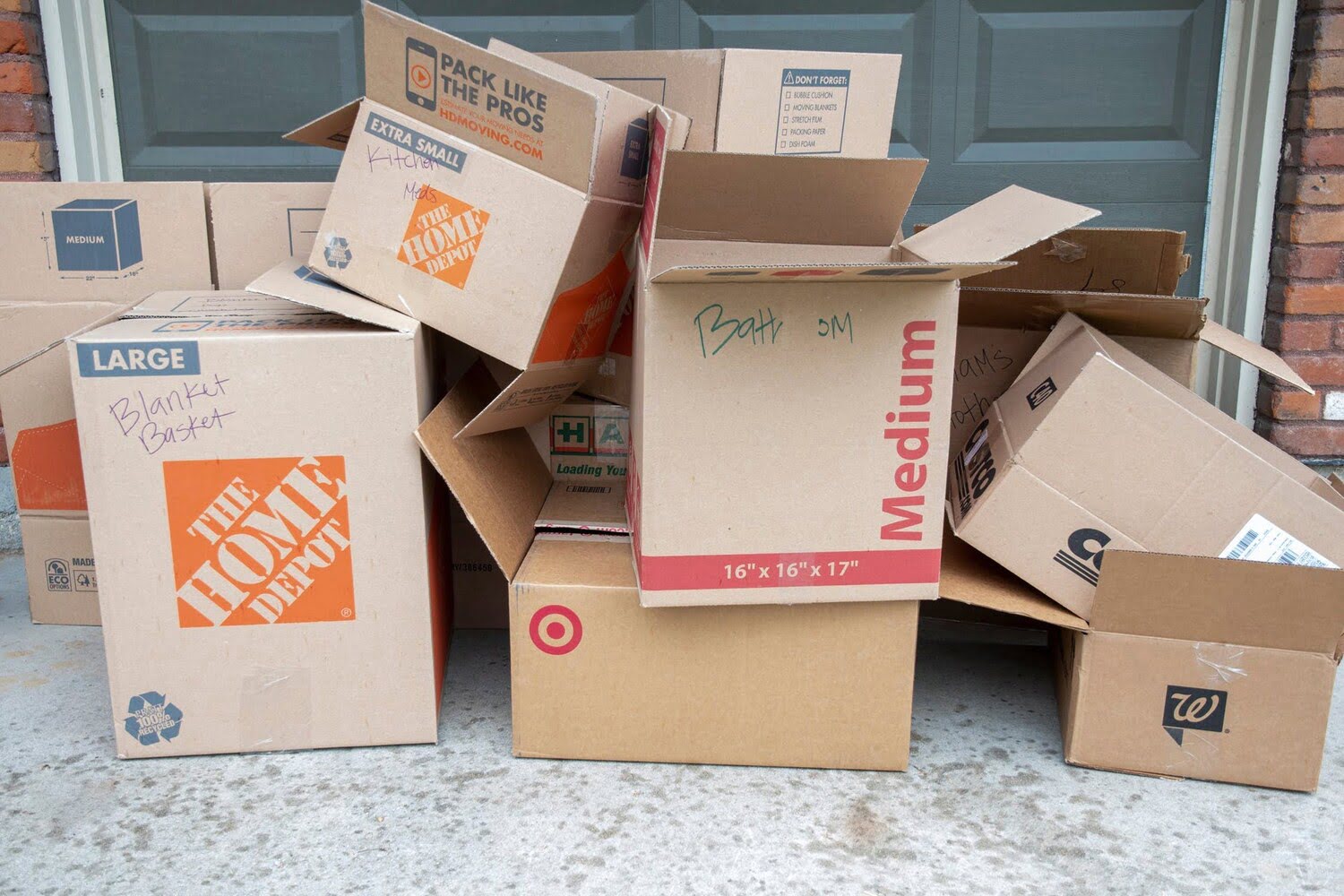
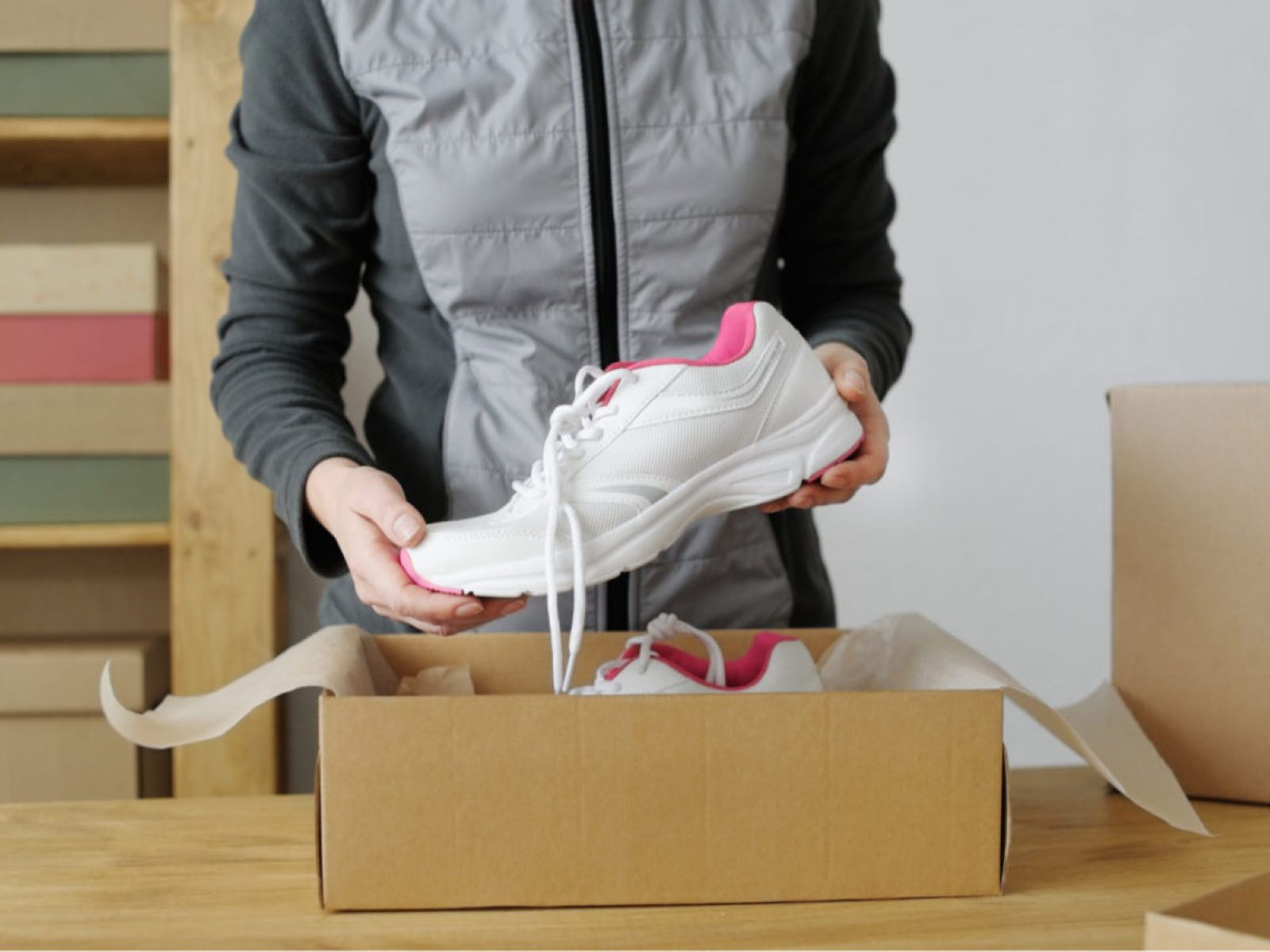

0 thoughts on “How To Store Boxes”